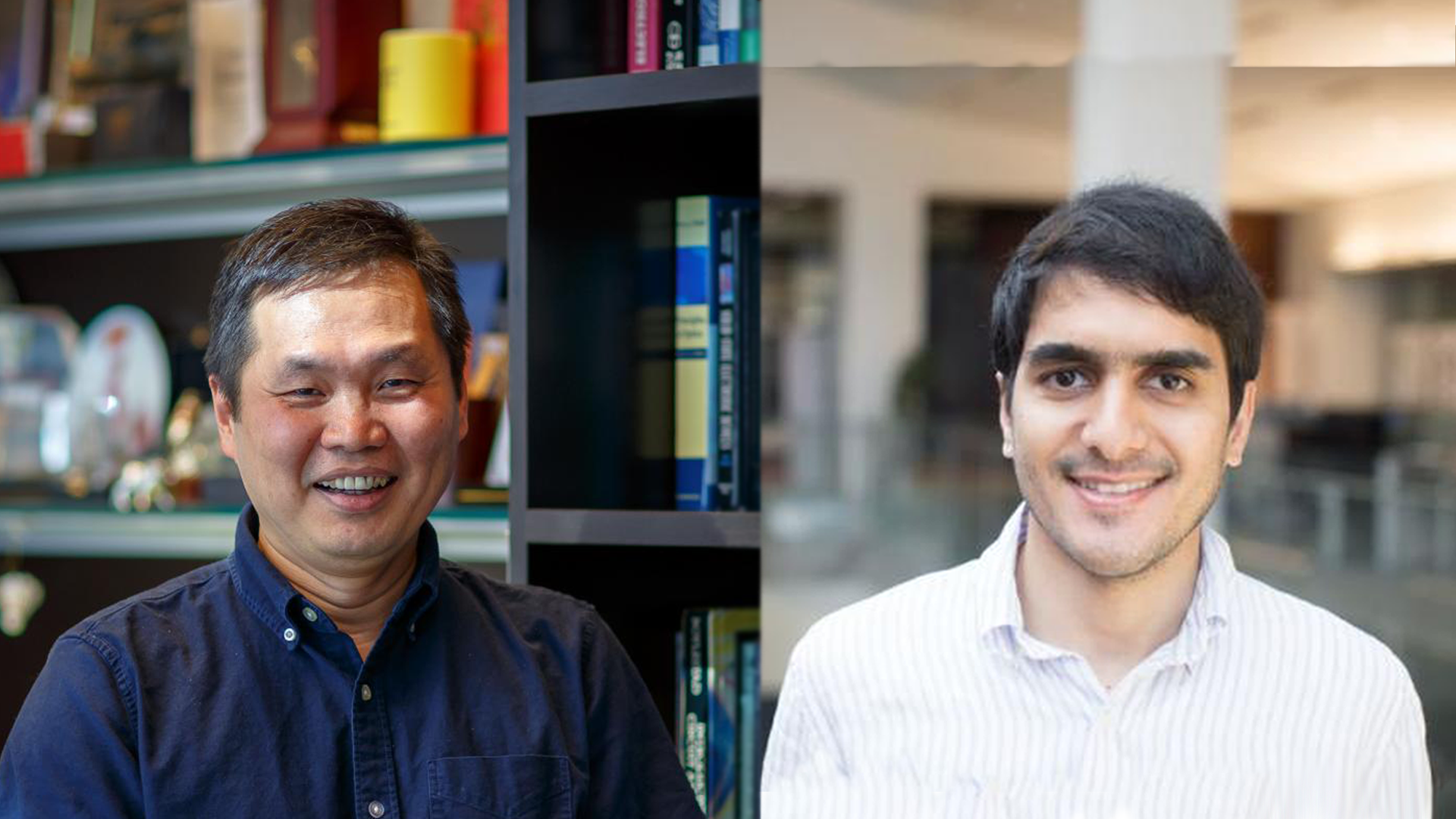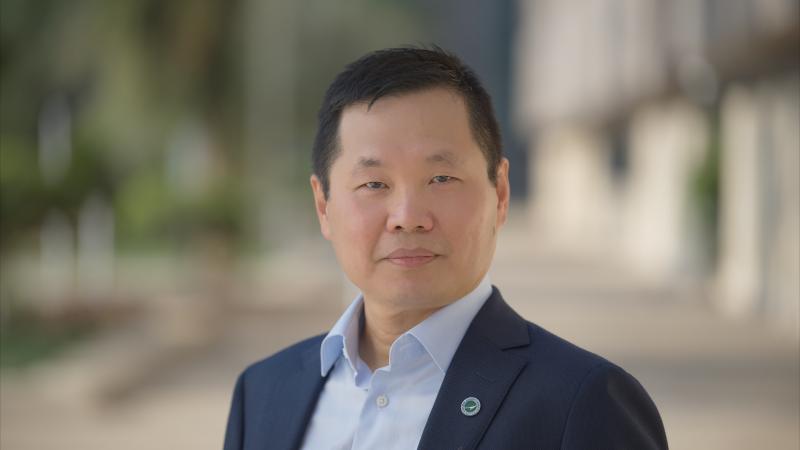By David Murphy
KAUST professors Boon Ooi and Osman Bakr and their respective research groups have recently had their collaborative research recognized by one of the major journals for optics and photonics, Light: Science & Applications (LSA). The teams’ paper— titled "High-speed color-converting photodetector with all-inorganic CsPbBr3 perovskite nanocrystals for ultraviolet light communication—" was awarded as an “Outstanding Paper of Light: Science & Applications in 2020.”
LSA, a publication of Nature Publishing Group, seeks to promote research from all aspects of optics and photonics, including basic, applied, and engineering research and applications. It primarily publishes new research results in innovative and emerging topics in optics and photonics and covers traditional topics in optical engineering.
The paper demonstrates a practical technology for making high-speed photoreceiver for solar-blind UVC communication. This record-breaking data rate photoreceiver is achieved by integrating a high-speed perovskite-based phosphor and a cost-effective, off-the-shelf silicon-based photodetector.
Revolutionizing solar-blind UVC communication
Optical wireless communication (OWC) using the ultra-broad spectrum of the visible-to-ultraviolet (UV) wavelength region remains a vital field of research for mitigating the saturated bandwidth of the existing radio-frequency (RF) communication. However, the lack of an efficient UV photodetection method hinders the development of UV-based communication.
“The key technological impediment is related to the low UV-photon absorption in existing silicon photodetectors, which offer low-cost and mature platforms,” Professor Ooi explained.
“To address this technology gap, we report a hybrid Si-based photodetection scheme by incorporating CsPbBr3 perovskite nanocrystals (NCs) with a high photoluminescence quantum yield (PLQY) and a fast photoluminescence (PL) decay time as a UV-to-visible color-converting layer for high-speed solar-blind UV communication.
“The formation of drop-cast CsPbBr3 perovskite NCs leads to a high PLQY of up to ~73% and strong absorption in the UV region. With the addition of the NC layer, a nearly threefold improvement in the responsivity and an increase of ~25% increment in photon-to-electron conversion of the solar-blind region compared to a commercial silicon-based photodetector were observed.
“The hybrid photoreceiver demonstrates a record-breaking 34 megabit-per-second transmission, limited by the speed of the transmitter, show promising for high-speed UVC communication applications,” he concluded.


